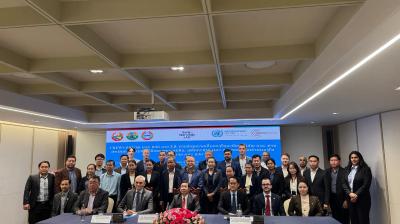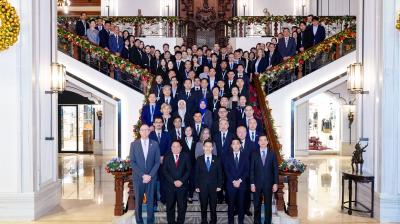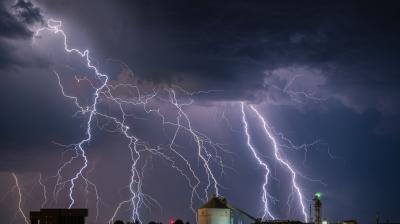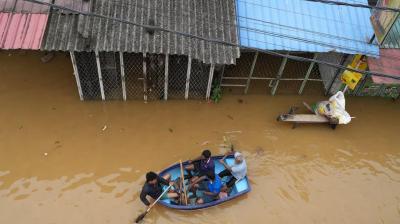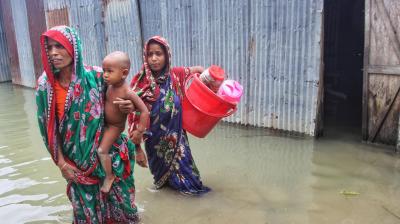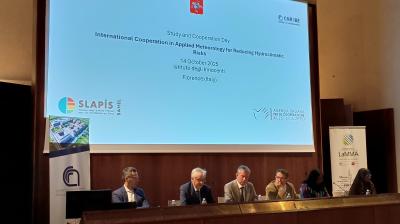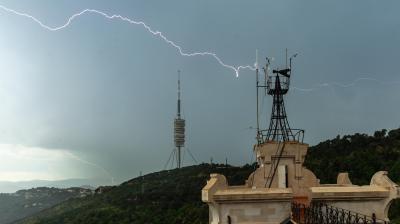From global commitment to local action: Early Warnings for All shows real progress
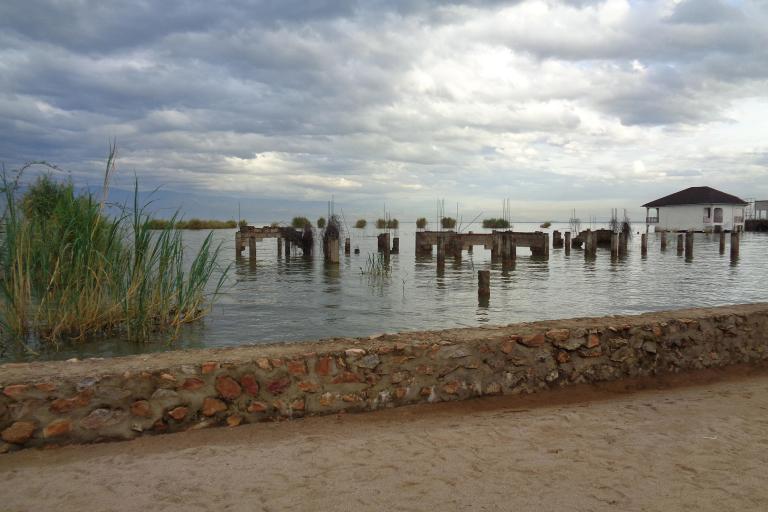
At the Early Warnings for All (EW4All) Member States Briefing held on 6 October 2025, co-chaired by the World Meteorological Organization (WMO) and the United Nations Office for Disaster Risk Reduction (UNDRR), Member States showcased tangible results - demonstrating how the initiative is moving from commitment to concrete action on the ground.
Ethiopia leads people-centred early warning systems
Ethiopia presented an example of how global collaboration can translate into national capacity. As one of the first countries to commit to EW4All, Ethiopia has built a multi-hazard early warning and early action system integrating scientific forecasting with local knowledge and community leadership.
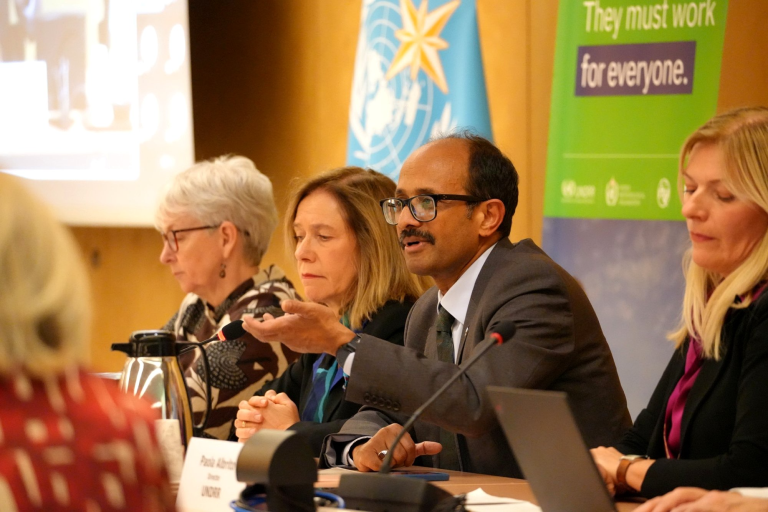
Over the past two years, the Government has updated its disaster risk management policy, launched a 2023–2030 national roadmap and created a technical working group linking meteorology, agriculture, water, health and space science agencies. A new National Situation Room now provides real-time dashboards, automated alerts and dynamic risk mapping.
At the community level, the system reaches the “last mile”: risk messages are translated into local languages and shared through community radio, mobile alerts and traditional networks, with accessible formats for persons with disabilities and targeted outreach to women and children. Ethiopia’s impact-based forecasts and anticipatory action plans are already reducing disaster losses and saving lives - showing how inclusive governance and local ownership can transform technology into protection.
Data, technology and financing drive global progress
Beyond national examples, the EW4All partnership shows measurable global gains. According to the Sendai Framework Monitor, over 60% of countries now report established early warning systems, with the fastest growth in Africa and least developed countries.
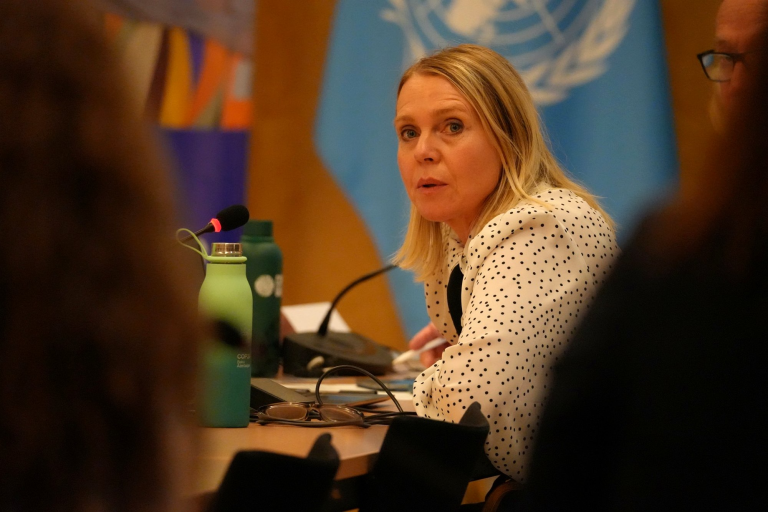
A major enabler is the Systematic Observations Financing Facility (SOFF), which strengthens weather and climate data infrastructure. Partners including Belgium and Switzerland reaffirmed support for SOFF, underscoring that reliable data are the foundation for accurate forecasts and effective warnings. Denmark, in particular, acknowledged SOFF as key delivery mechanism for the EW4All initiative, and expressed their commitment to supporting SOFF with a planned contribution for the period of 2025-2027 following a 25M Danish Krona contribution.
Technological innovation is also accelerating progress. The International Telecommunication Union (ITU) highlighted artificial intelligence (AI) applications and connectivity mapping that improve early warning delivery. New pilots combine AI-driven weather models and satellite communication, allowing alerts to reach communities beyond mobile coverage. ITU is also assisting countries to enhance digital infrastructure and data governance, ensuring AI tools are inclusive and equitable.
Trust and inclusion at the heart of effective warnings
Technology alone cannot ensure action. The International Federation of Red Cross and Red Crescent Societies (IFRC) has developed a Community Trust Index, piloted in Mozambique and Nepal, to understand how people perceive and respond to warnings. The results are helping countries identify barriers - such as lack of clarity, accessibility or credibility - and design more people-centred systems.
Complementary tools, including simulation exercises and after-event reviews, are being rolled out to help countries test and continuously improve their systems. This culture of learning and adaptation ensures that early warning systems are not only built but sustained and strengthened over time.
Partnerships for sustainability
Delegates agreed that the strength of EW4All lies in its collaboration across four pillars. Yet, they noted that risk knowledge remains underfunded, even though it is essential for identifying who and what is at risk. Agencies are therefore committed to aligning resources and ensuring balanced investment across the entire early warning value chain.
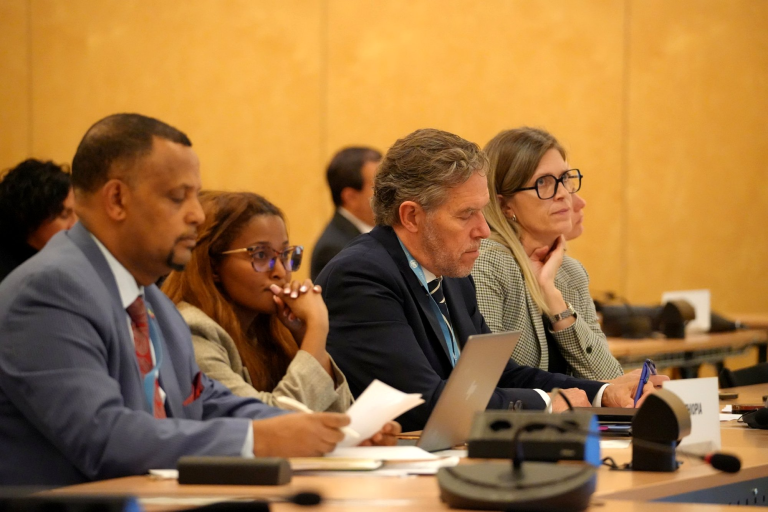
Sustainability was a recurring theme. Countries and donors called for embedding early warning systems into national adaptation plans, disaster risk strategies and development budgets to ensure continuity beyond 2027. As participants emphasized, early warning systems are not one-time projects but essential public services that require ongoing maintenance, capacity and governance.
“There is a scope for mobilizing partnership, not always in terms of money but in terms of joint action, including the private sector [for sustainability]” , said Mr Ib Petersen, Ambassador and Permanent Representative of Denmark to the United Nations in Geneva.
Looking ahead
The briefing concluded with upcoming milestones: the Extraordinary Session of the WMO Congress, where Members will discuss Technical Regulations on early warning services, and COP30, where early warnings will feature prominently under the Global Goal on Adaptation.
Together we can make early warnings for all a reality.
Special Representative of the United Nations Secretary-General for Disaster Risk Reduction Kamal Kishore
With growing political will, smarter technology and stronger partnerships, the EW4All initiative is showing that science-based, inclusive early warning systems can bridge the last mile - ensuring that no one, anywhere, is left unprotected.
The global drive to ensure that everyone on Earth is protected by life-saving early warning systems by 2027 is gaining momentum.
- WMO Member:
- Belgium ,
- Denmark ,
- Ethiopia ,
- Mozambique ,
- Nepal ,
- Switzerland


